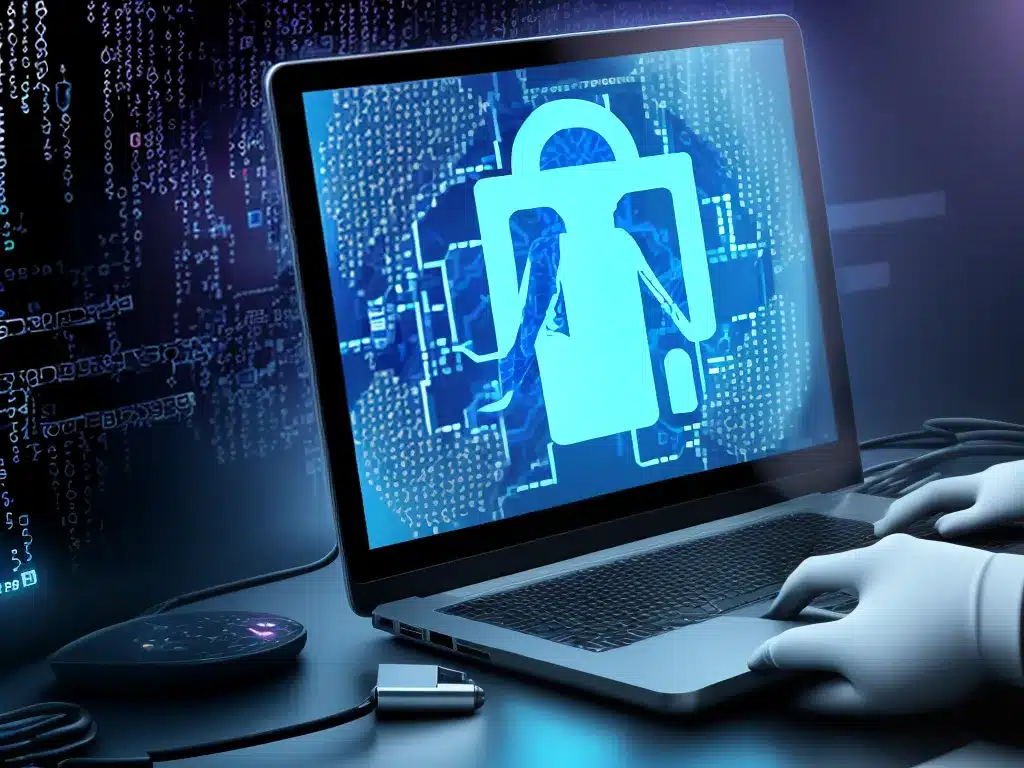
What is Ransomware?
Ransomware is a form of malicious software that encrypts files on a device and demands payment in order to decrypt them. The encryption essentially locks organizations out of their own systems and data. Ransomware attacks have been rapidly increasing over the past several years as cybercriminals have realized it can be a lucrative business model.
Some key things to know about ransomware:
- Ransomware is usually delivered through phishing emails, compromised websites, or drive-by downloads that install the malware on a system.
- Once installed, it will quietly encrypt files in the background before revealing itself.
- A ransom note is displayed demanding payment, often in cryptocurrency, to receive a decryption key.
- Payment is no guarantee files can be recovered. Decryption is complex.
- Downtime and data loss can be catastrophic for businesses.
Is it Possible to Recover Encrypted Data Without Paying Ransom?
The short answer is maybe, but it’s complicated. There are several potential options to recover encrypted data without paying ransom:
Use backups
Regular backups are the most effective way to recover encrypted data and avoid paying ransom. But the backups must be offline and inaccessible to the ransomware. For example:
- Offline, air-gapped backups stored on external hard drives that are only connected during backups.
- Cloud-based backups with version histories to roll back to an unaffected version.
If accessible backups are infected, data is likely unrecoverable.
Decryption tools
- Security researchers sometimes crack ransomware strains and release free decryption tools. But most strains remain uncracked.
- Government agencies have had some high-profile successes.
- This is not a reliable solution as tools must be created on a case-by-case basis.
Locate decryption keys
- In some cases, decryption keys may be recoverable by analyzing the ransomware code.
- Or keys might accidentally get leaked online.
Again, this is unreliable and requires significant expertise.
Format and reinstall
- As a last resort, wiping systems removes infection but means losing all data.
- Reinstalling from a clean OS image can restore access without paying ransom.
Steps to Potentially Recover Encrypted Data
If faced with a ransomware attack, I would take the following steps to potentially recover encrypted data without paying the ransom:
1. Isolate and contain
- Isolate infected systems immediately to prevent spread.
- Take systems offline to contain damage.
- Determine scope of infection.
2. Evaluate backup options
- Check offline and cloud backups for files. Look for uninfected, clean versions.
- Restore unaffected backups to separate, safe systems if possible.
3. Investigate decryption options
- Contact law enforcement about options and decryption tools.
- Check sites like No More Ransom for applicable tools.
- Hire cybersecurity firm if internal expertise is lacking.
4. Consider paying ransom as last resort
- If data is absolutely critical and unrecoverable, payment may be only option.
- But risks remain, including re-infection and lack of decryption.
5. Wipe systems and rebuild as needed
- If data cannot be recovered, wipe and reinstall systems from clean OS images.
- Enable backups and other protections before restoring data and files.
How to Defend Against Ransomware
The best defense is prevention since data recovery is uncertain. I recommend organizations:
- Install antivirus/anti-malware software on all systems and keep updated.
- Be vigilant about patching and updating systems.
- Back up regularly with offline and cloud backups.
- Educate employees on cyber risks and phishing identification.
- Limit user permissions to minimize ability to install software.
- Isolate critical systems and use firewalls to limit lateral movement.
- Disable macros in documents from untrusted sources.
- Consider cyber insurance to offset costs if infected.
Conclusion
Recovering encrypted data without paying ransom is possible but challenging. The best strategy is maintaining robust backups. Otherwise, options rely on unreliable factors like finding decryption keys or cracks. Prevention remains imperative, as data loss can be permanent. But following best practices for backups, system security, and user education offers hope, even in the face of a ransomware attack.












